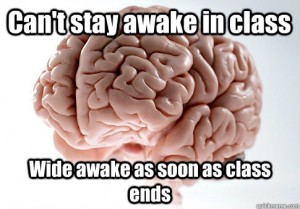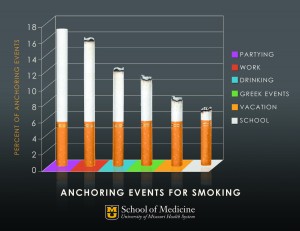While gathered around the Thanksgiving dinner table with my family each of my siblings and I were bombarded with questions about college, classes, and our love lives. My sister recently met a really nice guy, and upon stalking his Facebook I remarked that he kind of looked like our dad. My grandma responded that it’s human nature for females to be attracted to people who look like and remind them of their fathers, because for the first part of our lives they’re the dominant male figure. While it seems like a good theory, I wanted to look into if there was any science behind that claim.
But what is it about our parents that we look for in a potential mate? How they look? How they act? What they do? In an article for CNN, Dr. Elayne Savage said familiarity is a major factor that causes many people to choose someone who reminds them of their parents when looking for a partner.
According to a team of Hungarian researchers at the University of Pecs, what our parents look like is an most important factor. In their experiment, they looked at the facial features of 52 families. The team found a striking resemblance between facial features of men and their fathers-in-law and of women and their mothers-in-law.
Above is a side by side comparison of Brad Pitt and Angelina Jolie’s father. The shaggy hair, subtle scruff, and even their similar choice in hats are a prime example of marrying someone who looks like your Dad.
A study conducted by the University of Iowa surveyed almost 3,000 high-achieving men (which they determined based on the top 10% income bracket for their age) and found they are more likely to marry women with similar education levels and careers of their moms.
The above two studies are both anecdotes they support the general claim that we are in fact attracted to people like our parents. Each study looks at two different explanations to this phenomenon, but the results don’t help us definitively determine why it happens.
The British news website, Daily Mail conducted their own survey to see if this phenomena was true. They were not looking to explain why it was true, but rather just simply if it was.
They surveyed 300 men and 400 women who were all raised by two parents, and were currently in a relationship. They asked the participants their hair and eye colour, as well as that of their partner and their parents. They found that the main predictor for the choice of a partner’s eye and hair color was that of their parents for both men and women. Meaning, if a man’s mother has dark hair and dark eyes, he will likely choose a partner with the same features. The same goes for women and their fathers.
While this idea is fascinating, there is no known biological explanation that explains why people are more likely to choose partners that look like, or remind them of their parents. It might not be the most scientific of theories, but it is certainly an interesting one.






 image from
image from 






